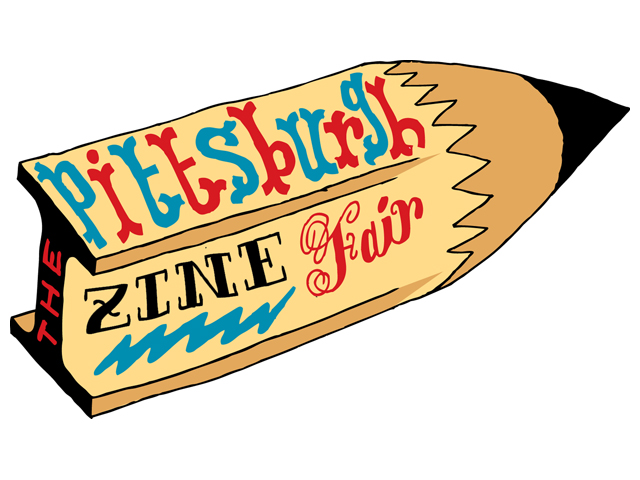About PZF
The Pittsburgh Zine Fair (PZF) is an annual event bringing together artists and community members enthusing in comics, arts, handmade pamphlets, & more since 2011.
The storied art of zine-making has a long history – both creative and political – and the communal format as a vendor fair has become a modern tradition among many cities globally.
The PZF is fully volunteer organized, has received no corporate sponsorship, and is dedicated to a DIY ethos.
Thank you for being a part!
Contact Us:
Our History
In 2011, participants of the Feminist Zine Symposium at the Carnegie Library reached out to local indie cartoonists to organize a Pittsburgh-based event to promote zines and zinemakers. Since its debut at Artist Image Resource in 2011, the PZF has attracted a diverse group of artists, writers, and activists from across the region whose content varies, but the format remains the same: the zine.
PZF debuted at the Artist Image Resource in 2011 as a spin-off by participants of the Feminist Zine Symposium at the Carnegie Library. At its origin, the PZF reached out to local indie cartoonists to organize a Pittsburgh-based event to promote zines and zine-makers.
Most of our history took place at the Union Project, or venues like Mr. Roboto Project, Pittsburgh Art and Resource Image (AIR), or CMU. With growing annual attendance, the PZF partnered with the Kingsley Association since 2023.
For over a decade, PZF attracted a diverse group of artists, writers, and activists from across the region whose content varies, but the format remains the same: the zine.
Zine History
A zine is any self-published, small-run book. They are commonly photocopied and typically printed in small batches of less than 1,000 copies. Zine-making represents a freedom to publish and distribute creative ideas often not highlighted in traditional media.
Zine history formed its modern roots in the early 20th century stemming from the word “fanzine.” People have been self-publishing along with evolving technology from the invention of the printing press in the 1440s to the cultural heyday of the zine linked to the rise of the photocopier in the 1990s to the present day's digital revolution.
It’s adoption by subcultures spawned its popularity among political activists and artists, as well dedicated groups from music to sci-fi, exploring the medium for new ways of expression. Even historical figures like Martin Luther, Benjamin Franklin, Thomas Paine, and William Blake could be considered early “zinesters.” Fanzines officially described the circulation of science fiction newsletters in the very early 1930s and was adopted by groups from rock’n’roll to the Surrealists to political factions of anarchism, communism, and socialism. Punk rock drove zines on through the 70s and 80s, where they reached a cultural peak in the 90s along with Riot Grrrl feminist movement.
